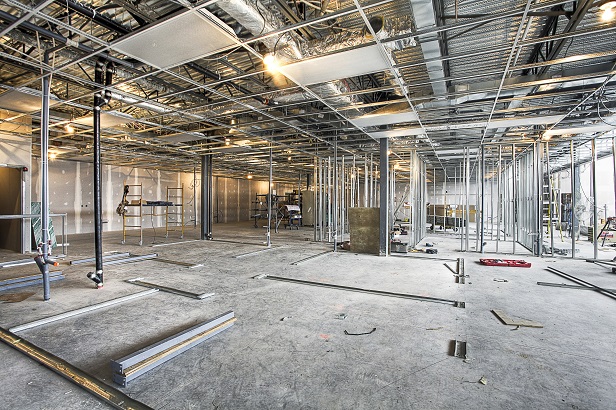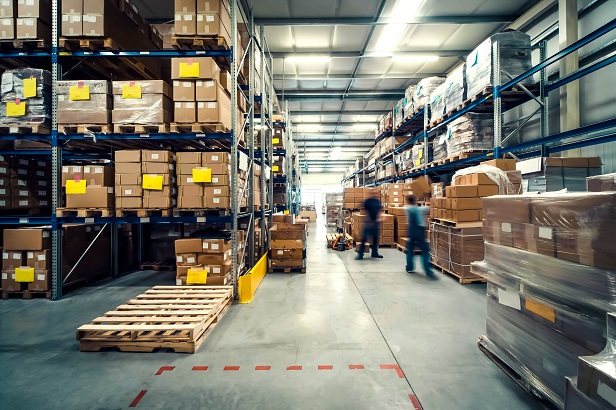The industrial sector is expected to weather the economic ramifications of the COVID-19 pandemic better than other areas of the economy, according to an Industrial Sector Outlook report by Colliers.
The lessened impact to the industrial properties sector is thought to be due to the high demand for e-commerce projects and groceries. The need for industrial space stays high, with 329 million square feet of industrial project under construction at the end of this quarter.
Companies such as Amazon fared well as e-commerce growth accelerated. Amazon occupied more than 6 million square feet of industrial space in 2020, with additional plans to add capacity.
Recommended For You
Want to continue reading?
Become a Free ALM Digital Reader.
Once you are an ALM Digital Member, you’ll receive:
- Breaking commercial real estate news and analysis, on-site and via our newsletters and custom alerts
- Educational webcasts, white papers, and ebooks from industry thought leaders
- Critical coverage of the property casualty insurance and financial advisory markets on our other ALM sites, PropertyCasualty360 and ThinkAdvisor
Already have an account? Sign In Now
*May exclude premium content






